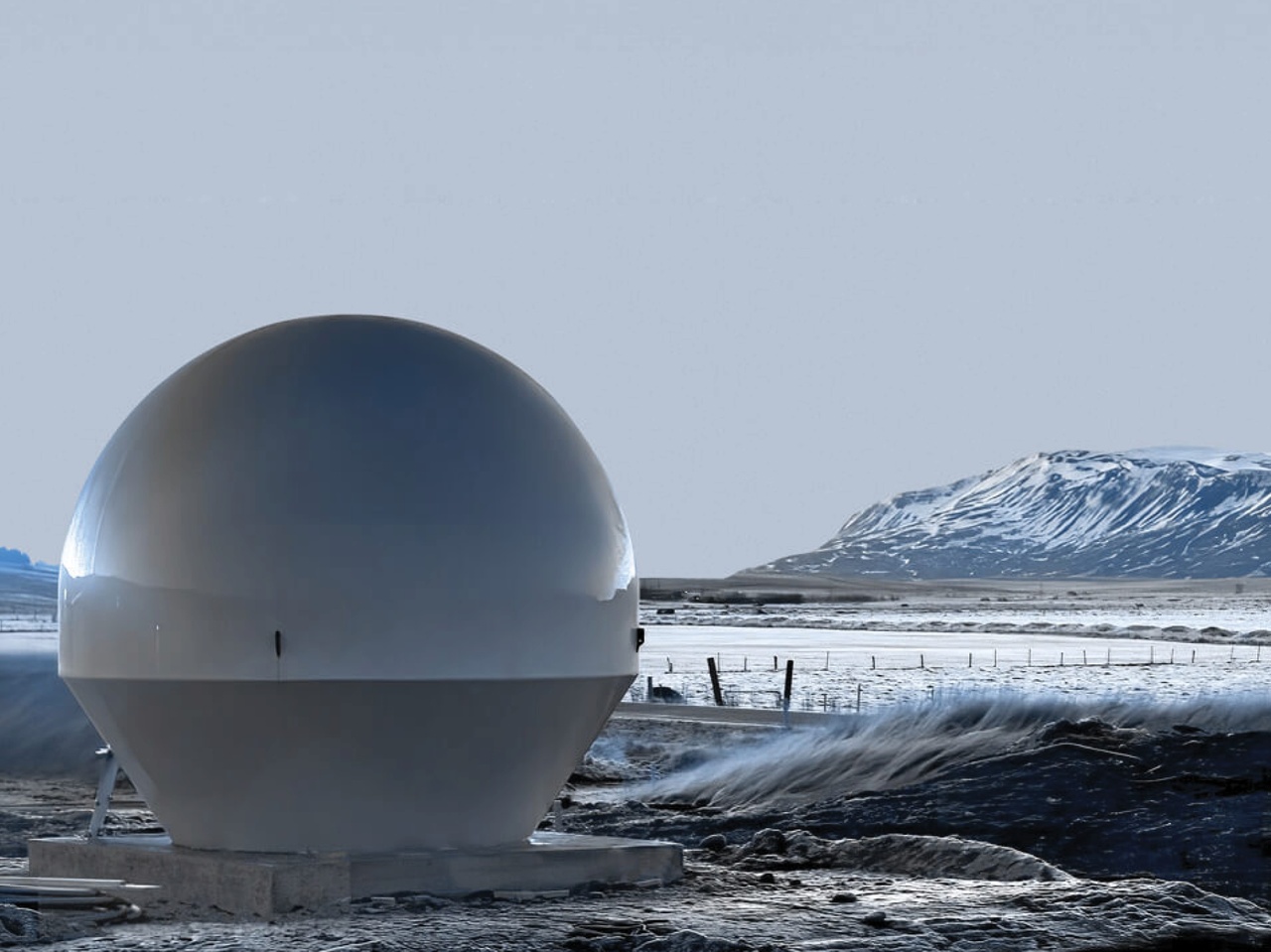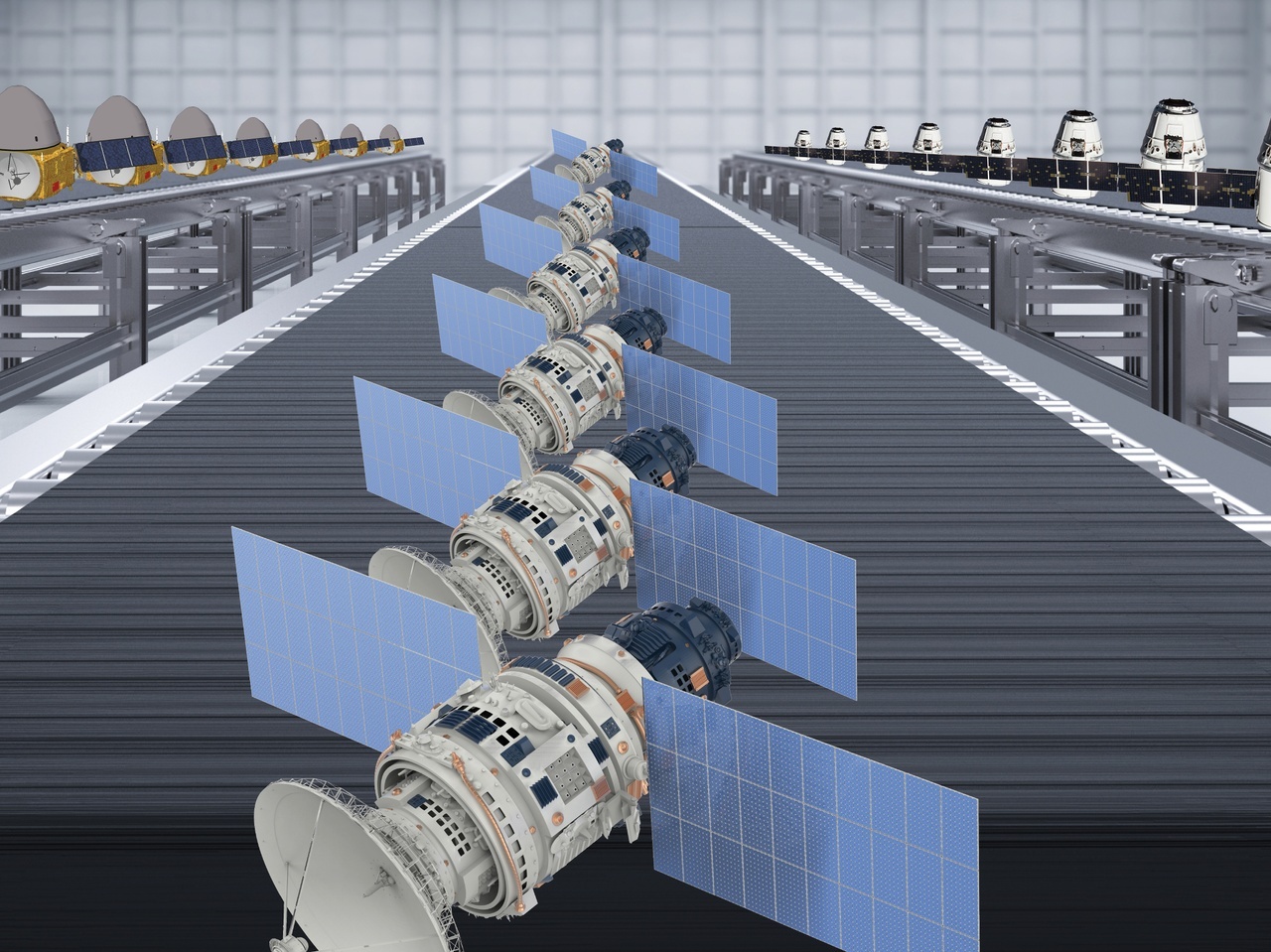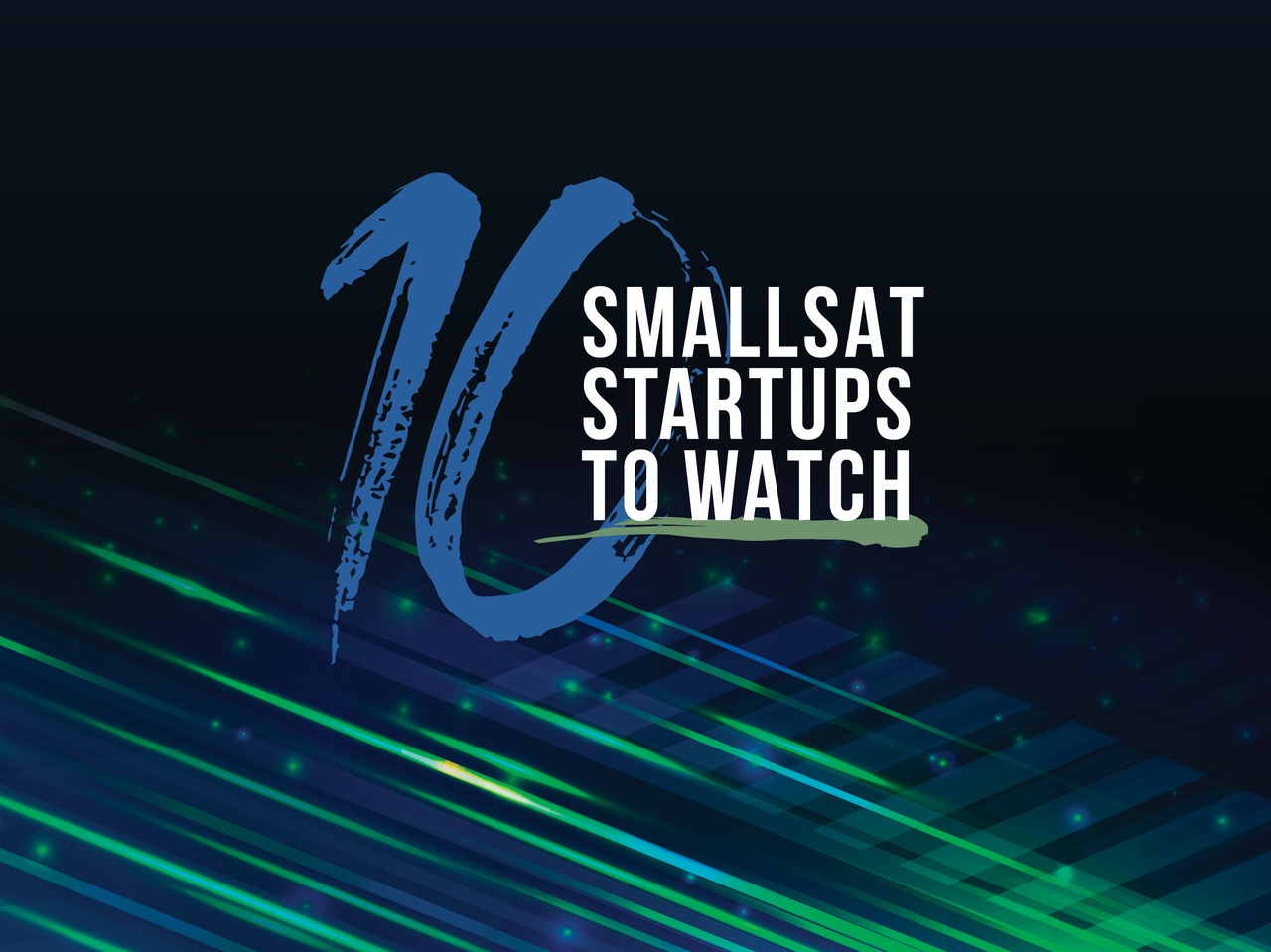
10 Smallsat Startups to Watch in 2025
The annual list is back to highlight 10 early-stage startups from around the world. July 28th, 2025Back for the fourth year, Via Satellite highlights 10 Smallsat Startups to Watch, companies on the rise in the smallsat arena in early funding rounds or pre-funding. This list represents companies from around the world that have piqued investors’ interest, honed in on a niche market, or advanced to technology milestones.
This year’s list features a range of startups taking interesting approaches to satellite communications and terminal technology, to in-space life extension services, and AI startups looking to improve how satellite data is used and how spacecraft are monitored.

ASCENDARC
The future of satellites in Geostationary Orbit (GEO) is one of the biggest talking points in the satellite industry. AscendArc, a U.S.-based startup is one to watch in this area. The Oregon-based company was founded in 2023, and is looking to design and manufacture low-cost, rapidly deployed, high bandwidth, small GEO satellites. The company’s CEO, Chris McLain, who previously worked as a principal engineer at SpaceX, has an impressive background at Boeing, Lockheed Martin, and Panasonic. AscendArc emerged from stealth earlier this year with close to $4 million in seed funding. The company has a stated ambition to transform satellite communications for both the U.S. military and the commercial sectors.
The company is already making waves and has been selected by AFWERX for Small Business Innovation Research (SBIR) and Small Business Technology Transfer (STTR) contracts focused on rapid, scalable GSO bandwidth to address pressing challenges in the Department of the Air Force (DAF). AscendArc aims to demonstrate how its technology can change the economics of satellite communications for DoD customers, with the aim of meeting the DoD’s ever-growing demand for bandwidth and providing resiliency for critical communication links. While there is much talk about Low-Earth Orbit (LEO), it’s interesting to see a newcomer targeting innovation in GEO.
[See the 10 Smallsat Startups to Watch of 2022, 2023, and 202
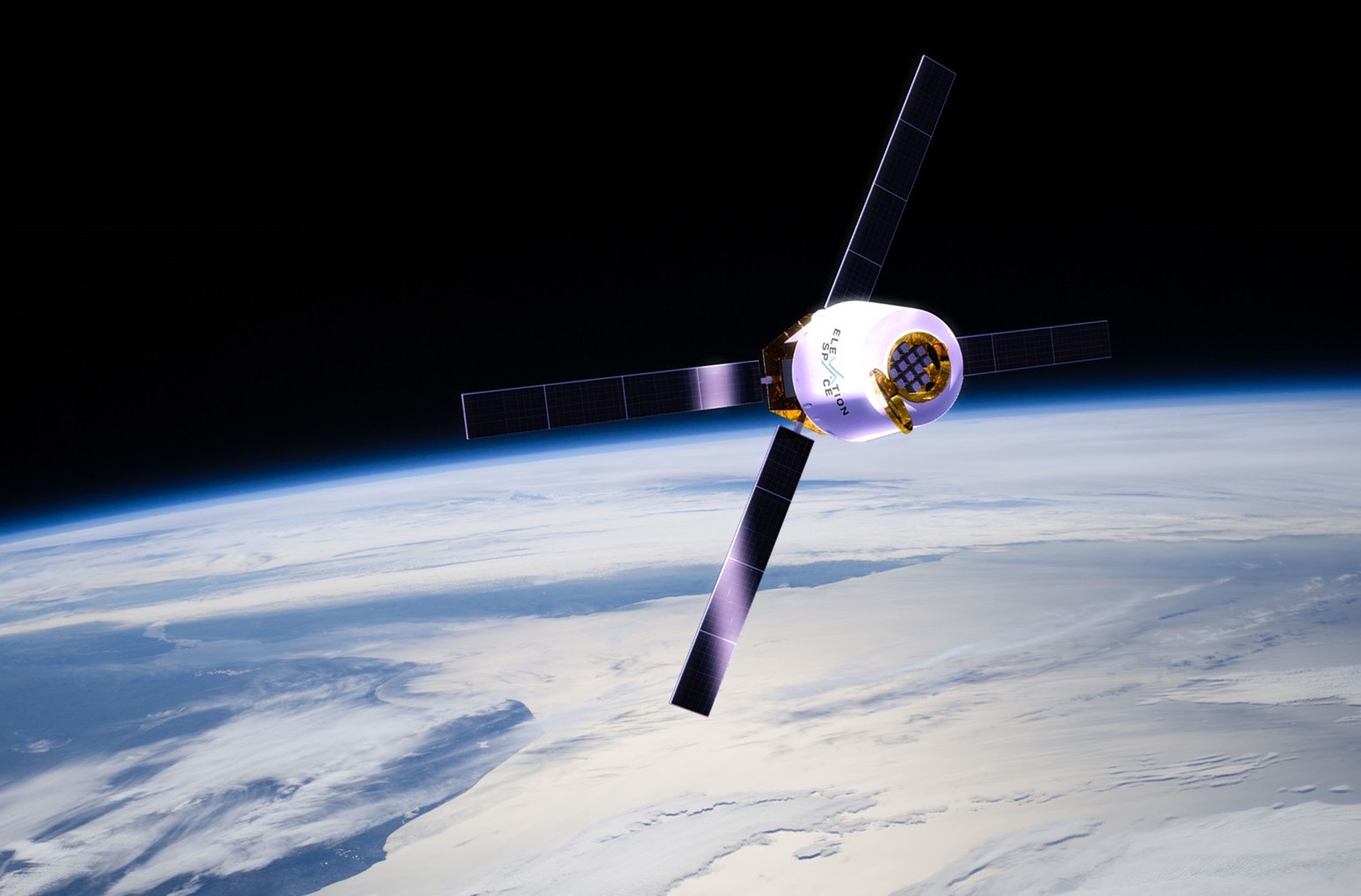
ELEVATIONSPACE
Japan’s space industry is on the rise, and ElevationSpace is part of the country’s growth in space startups. Founded in 2021 from Tohoku University, and based in Sendai, ElevationSpace is developing a returnable satellite platform for in-orbit research, development, and manufacturing. The company has wider ambitions for the future in space, with plans to build an in-orbit transportation network for cargo and crew, and to develop Japan’s first crewed spacecraft.
ElevationSpace is planning for when the International Space Station (ISS) is retired, developing ELS-R, an uncrewed platform for in-orbit research, development, and manufacturing with the ability to return to Earth. The first step in its roadmap is the AOBA re-entry satellite, built on Japan's background in small spacecraft re-entry technology. AOBA is targeted to launch in the second half of 2026 with Isar Aerospace. Interestingly, the company is also working to educate non-space businesses on the opportunity in space with a “co-creation program” to support non-space companies entering the market.
Last year the company raised $9 million in Series A financing, and the company was recently selected for Japan’s flagship J-Startup program, an intensive public-private support program for high potential startups. With a number of Japanese space companies on the rise in recent years and the government’s Space Strategy Fund to invest in space ventures, ElevationSpace is one to watch in the Japanese space industry.
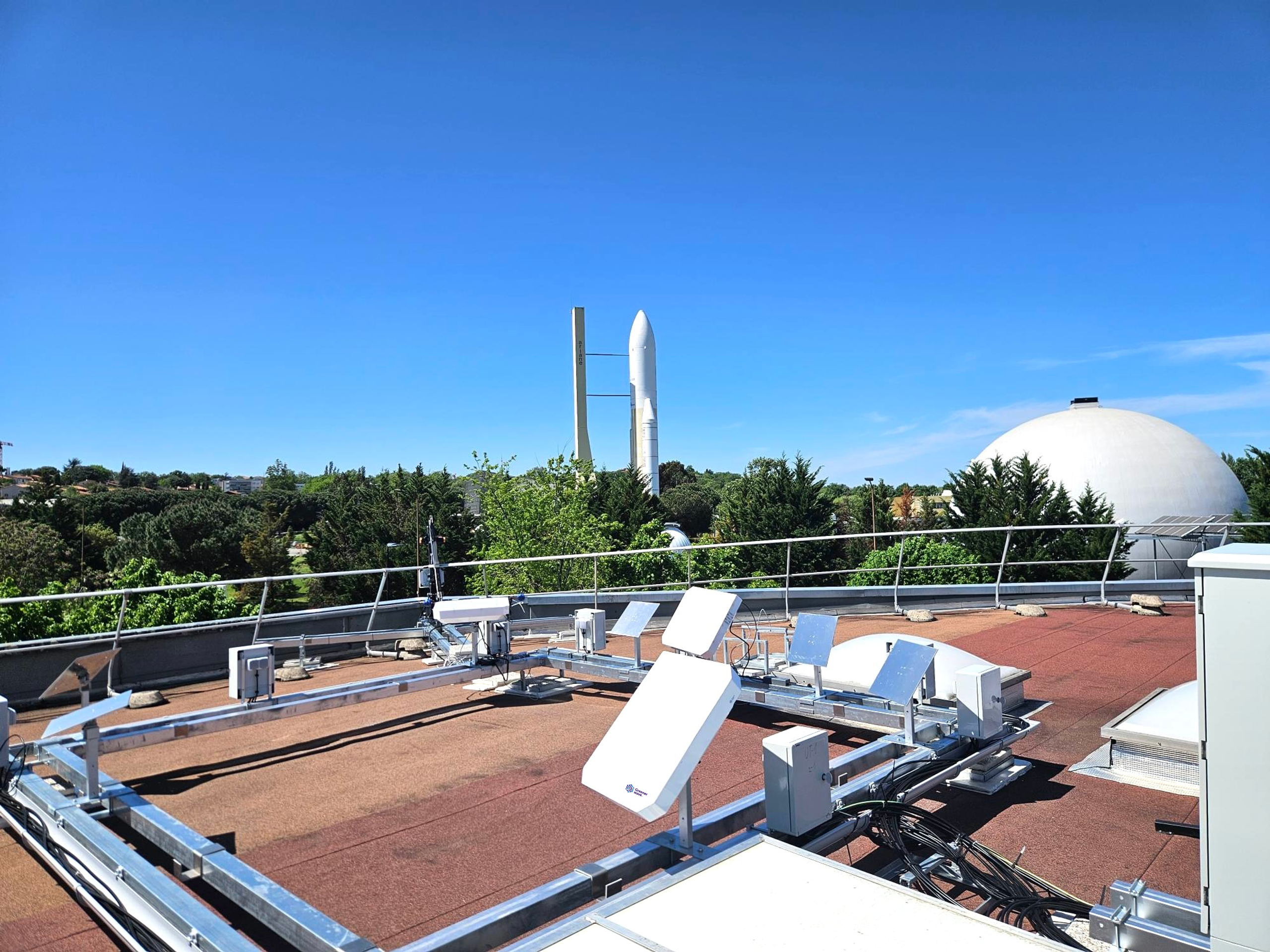
GREENERWAVE
Satellite operators are looking to the antenna market for more flexibility and innovation. French company Greenerwave is one of a new group of players making an impression with strong deal flow with the likes of Intelsat and the French Defence Procurement Agency (DGA). The company is designing next generation user terminals designed for LEO/GEO multi-orbit connectivity with low power consumption. Greenerwave came to the world's attention in September last year when it announced a deal with Intelsat. The collaboration between the two companies is focused on the development of an electronically-steerable antenna, which will be integrated into multi-orbit, high-speed terminals designed for network and data applications.
This year, Greenerwave signed a strategic contract with the French Defence Procurement Agency (DGA), in partnership with Airbus Defence and Space and the Eutelsat Group to deploy its next-generation, multi-orbit satcom terminals. This could position Greenerwave as a key player in the future of military telecommunications, especially for on-the-move capabilities.
It also demonstrated a GEO/LEO user terminal with Sky Perfect JSAT, and plans to develop an aero terminal with Safran Passenger Innovations. Greenerwave’s technology is based on reconfigurable intelligent surfaces (RIS) and advanced algorithms that it says allow it to dynamically direct signal carrier waves in real time. The satellite industry is always looking for more capable antenna solutions, and Greenerwave is bringing new technology to the table.
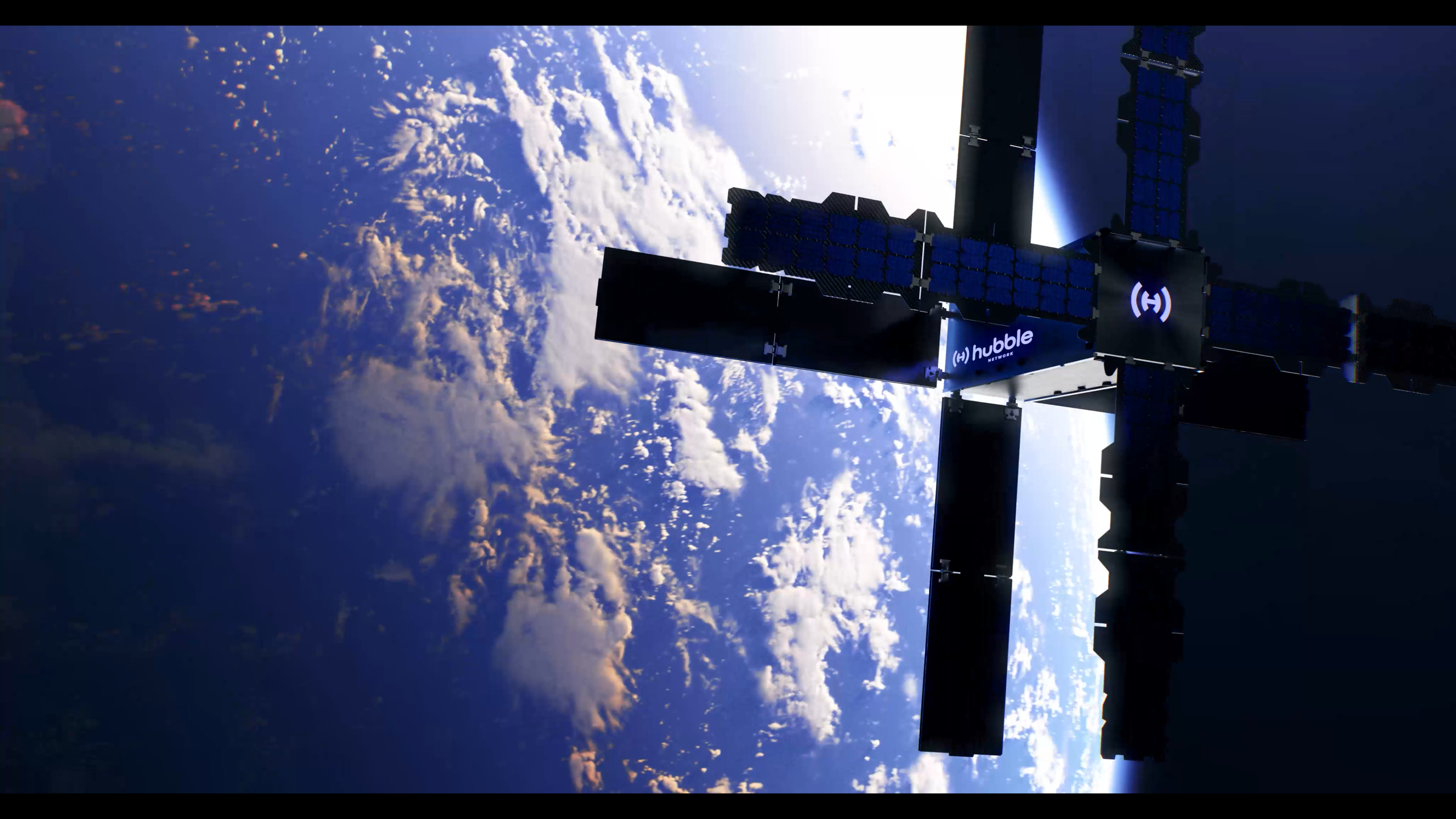
HUBBLE NETWORK
What if everyday devices could be connected anywhere with the same simplicity that a phone connects to a Bluetooth speaker? Hubble Network is looking to disrupt the realm of satellite IoT with a Bluetooth connection. The startup grabbed headlines in 2024 when it reported the first Bluetooth connection from space, receiving signals from a standard Bluetooth chip from 600 kilometers away in space, made possible by digital beam-forming antennas on the satellite. Now, Hubble is working to build its constellation to enable a reality where everyday Bluetooth devices can be connected anywhere, with no special hardware or modification.
Co-founder Alex Haro has an interesting background in location-based technology as he previously co-founded Life 360, the location-sharing app popular with families. Life360 plans to use Hubble’s technology for consumer devices — a partnership that could make satellite connectivity an everyday part of millions of people’s lives. Hubble is ramping up activity and in June, the company launched four production satellites on a rideshare mission, bringing its count to seven satellites. If the company is able to scale and build capacity on its network, its off-the-shelf method could prove disruptive to satellite IoT.
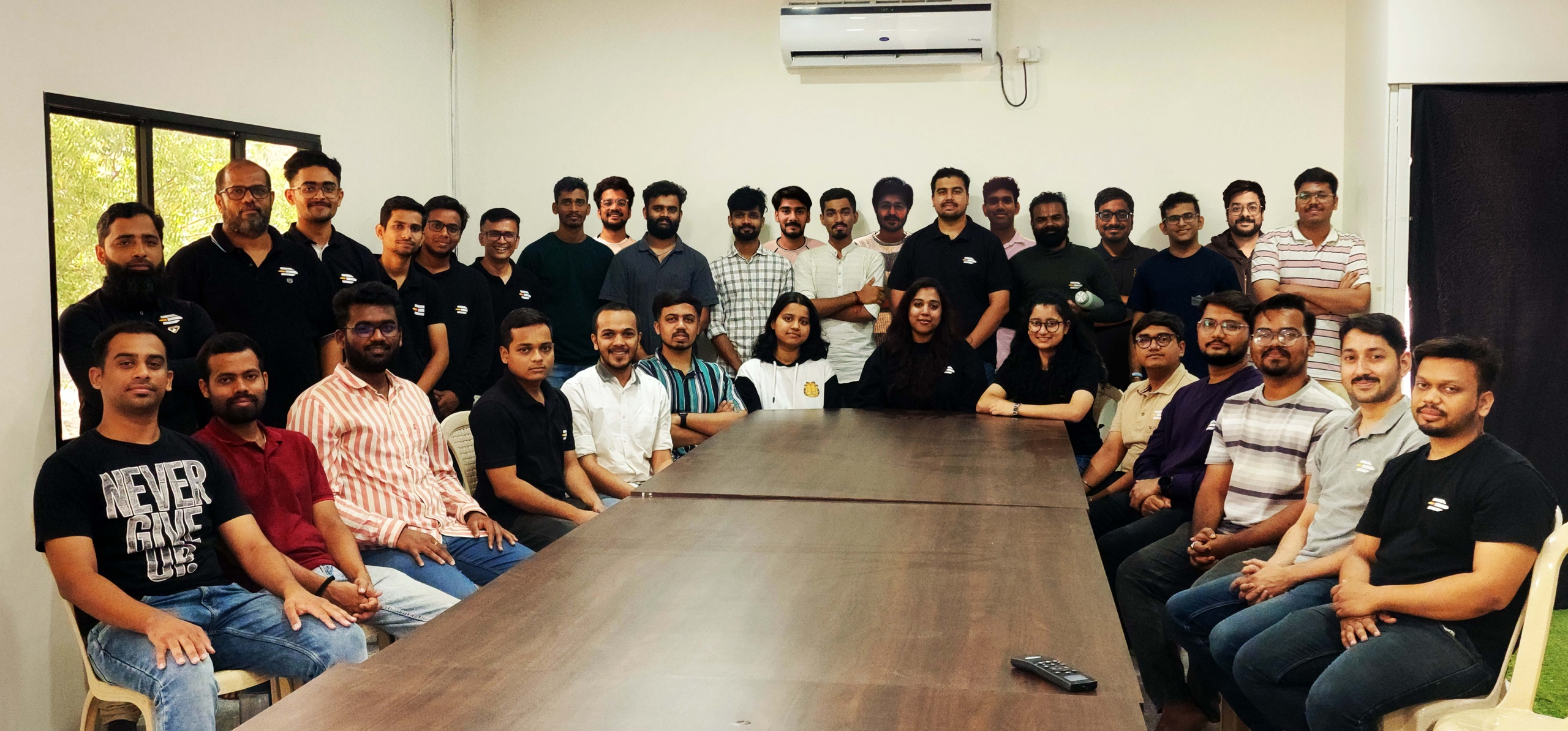
INSPECITY
India's commercial space landscape is changing in recent years, with new startups and government reforms encouraging commercial participation in the space industry. InspeCity, focused on the satellite life extension and in-orbit servicing, is one of the players on the rise in India’s growing space startup ecosystem. The company was founded in 2022 by alumni from IIT Bombay and is based in Thane, outside of Mumbai.
The company is developing a suite of technologies for life-extension services including propulsion, robotics, and rendezvous, proximity operations, and docking (RPOD) technologies in-house. It aims to enable in-orbit life extension, debris removal and deorbiting. The startup has already won multiple iDEX (Innovations for Defence Excellence) challenges for its propulsion and robotics technology as part of India’s iDEX program to foster defense technology.
Earlier this year, InspeCity raised $5.6 million in seed funding as the company looks to transition from R&D to commercialization. InspeCity has an eye toward international partnerships as well and signed an MoU with Japan’s Orbital Lasers to collaborate on developing in-space servicing, assembly, and manufacturing (ISAM) solutions. Space sustainability is a global issue, and InspeCity is working to shape a sustainable orbital economy for the future.

JUA
In the era of climate change, the competition around predicting weather and climate is an increasingly important area. Zurich-based startup Jua is building its Earth Intelligence Platform, an advanced AI model that aims to simulate how the world behaves. The climate tech company recently closed 10 million euros ($11.8 million) in Series A funding.
Jua is building a model that learns the physics of the Earth directly from data, treating weather as one of many variables in a deeply interconnected system. The links with satellite tech are intriguing. Jua’s system integrates satellite data with wide-reaching observations of the atmosphere to simulate the Earth’s physical state. Jua uses satellite data in two ways. Firstly, to initialize its simulations, combining data from optical sensors, radiometers, radars, and GNSS radio occultation to capture the current state of the atmosphere. It also uses satellite data to train its models using decades of historical satellite observations. The company says AI can extract hidden patterns from historical archives seen as too large and complex for traditional tools. The company is collaborating closely with both space agencies and private satellite startups to stay at the cutting edge of sensor technology. Its Earth Intelligence Platform is aimed at helping businesses answer complex questions and bridge the gap between raw observations and real decisions. The company is one to watch for the way it fuses satellite data and AI.
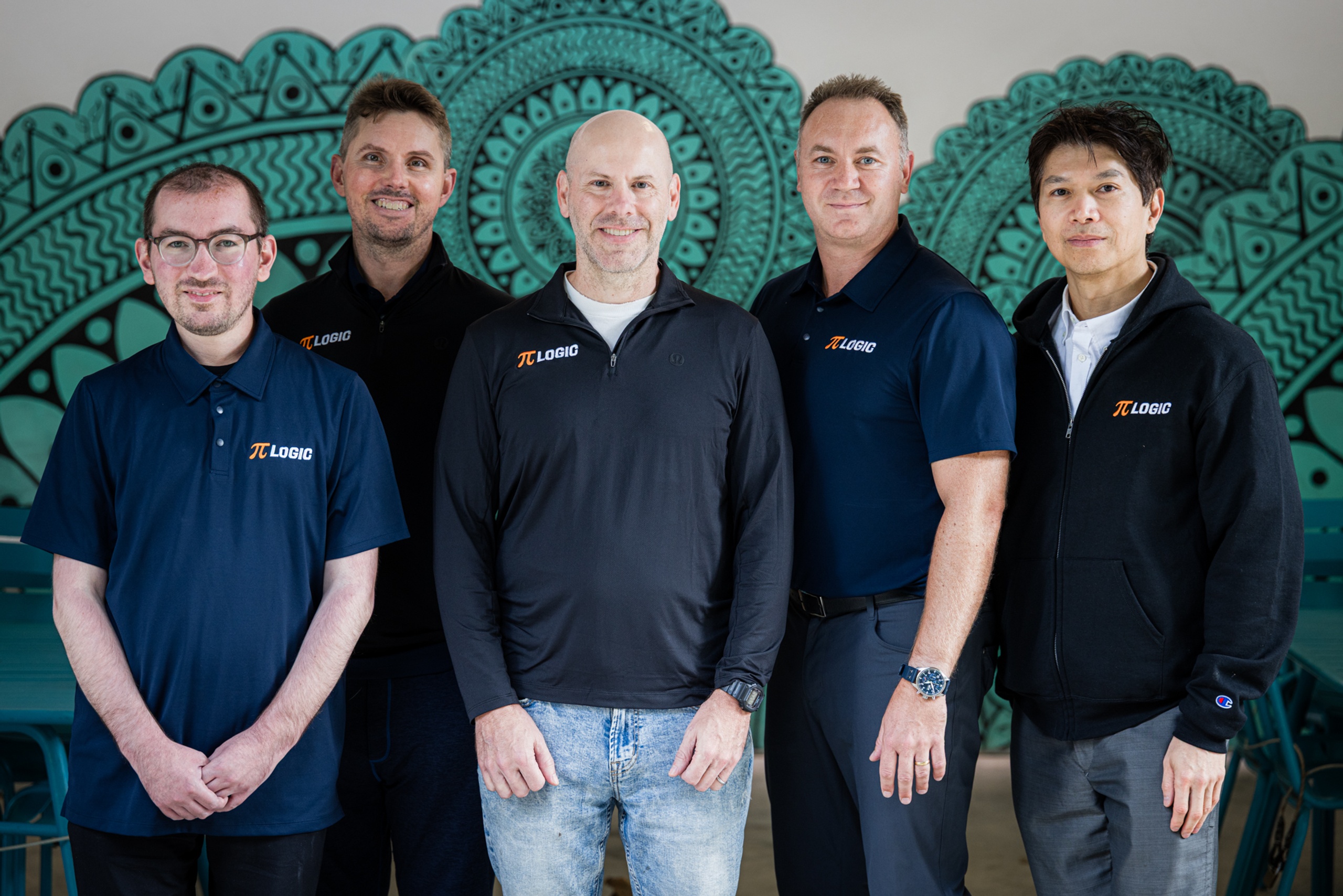
PILOGIC
California-based startup PiLogic is building precise and mathematically grounded AI solutions for aerospace with a focus on electrical diagnostics, radar, and sensor fusion. The company’s approach applies a range of AI techniques: logical inference, probabilistic inference, search, and machine learning. The models incorporate first engineering principles and expert knowledge directly into the decision-making process. PiLogic says its models do not require the huge data sets or computational power of generative AI Large Language Models (LLMs) and can run on standard CPU hardware. The company’s first two models aim to address challenges in the defense and space industries. The Radar model is designed to track and predict objects in 3D space, distinguishing between different types of objects such as airplanes and drones. The Electrical Power System Diagnostics model aims to allow satellite operators to predict the health of components using on-board sensor data, in addition to providing remediation in near real time. It can be implemented both on the ground and on the satellite itself.
The company recently announced it had closed a $4 million seed round to expand its footprint in the aerospace and defense industries. Its team of founders has experience in AI for adtech, and the team includes CTO Mark Chavira, an AI expert who led an advanced AI/ML team at Google. PiLogic represents a new breed of space startup, another one that is using the power of AI to transform operations in space.

PORTAL SPACE SYSTEMS
While spacecraft have typically been designed to stay in one place, or on one orbital path, Portal Space Systems is one of the startups targeting in-space maneuverability — the ability to move in space between orbits. It’s building Supernova, a spacecraft designed to transfer from LEO to Medium-Earth Orbit (MEO) in minutes, from LEO to GEO in hours, and from LEO to cislunar space in days. The spacecraft is designed with a novel solar-thermal propulsion system, which the company says allows for more sustained maneuver than chemical propulsion, and greater speed than electric propulsion. Supernova has implications for commercial operations like reaching orbit quicker and in-orbit servicing, and defense applications like tactical mobility and space domain awareness (SDA).
Portal has received attention for credentials of co-founder, CEO and CTO Jeff Thornburg, who is credited with architecting SpaceX’s Raptor engine and serving as the former director of Engineering for Amazon’s Project Kuiper. The company has been on a roll in recent months, raising $17.5 million in an oversubscribed seed round in April, and opening a 50,000 square-foot manufacturing facility in June to prepare for production of Supernova. Portal is preparing for its first on-orbit demonstration in early 2026, where it will launch on a Momentus orbital service vehicle to validate its flight computer, avionics, and flight software, in advance of the first Supernova launch targeted for late 2026. Portal is a startup aiming at a more dynamic future in space – a future where a single satellite could perform many missions in different orbits.
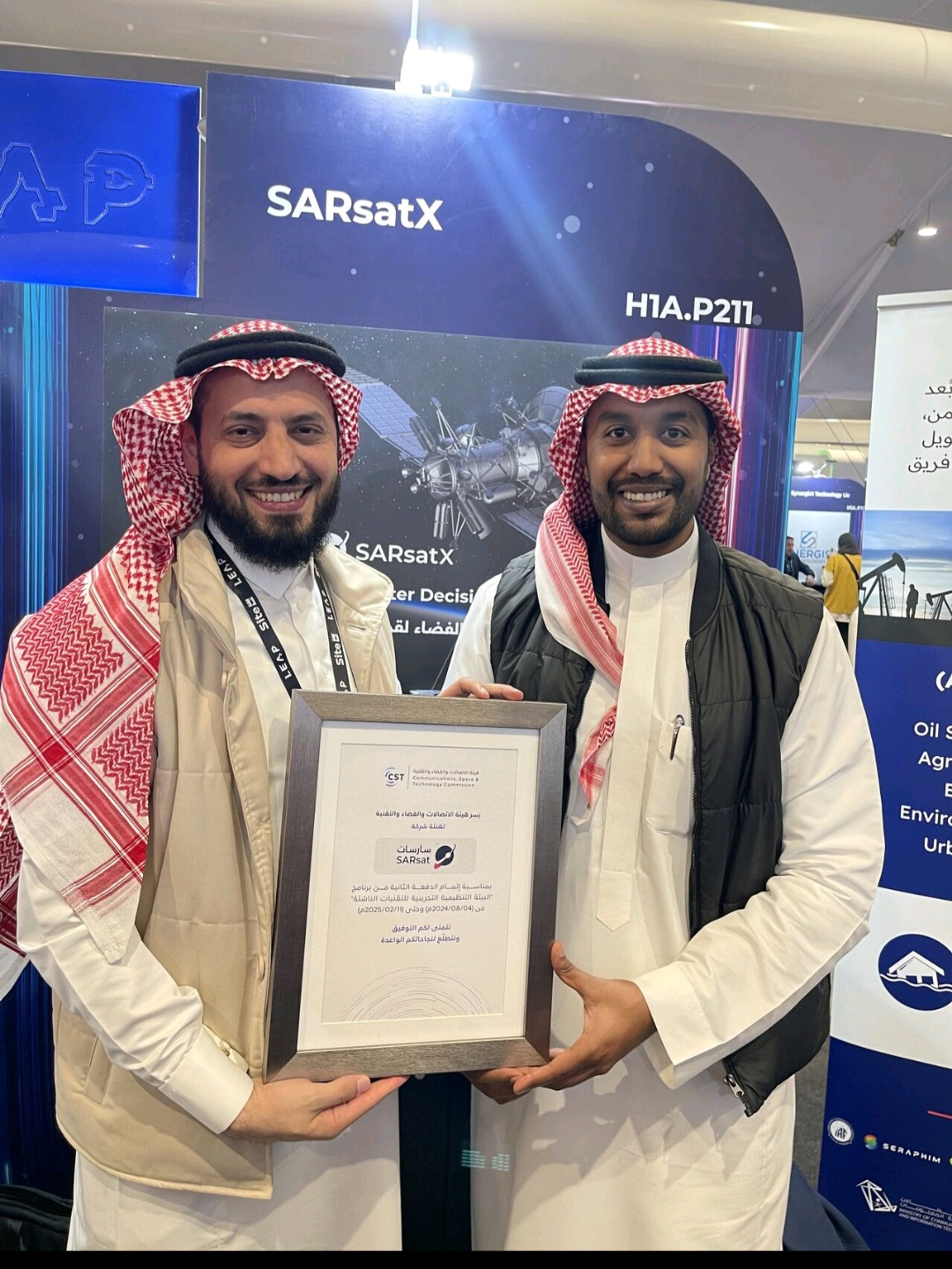
SARSATX
Saudi Arabia is targeting growth in its space sector, and SARsatX looks to be the champion of synthetic aperture radar (SAR) for the Middle East and North Africa (MENA) region. The company aims to design and develop SAR small satellites for Earth Observation (EO), to provide data applications like deforestation, border security, disasters, search and rescue, oil leakage, and urban development.
In May of this year, the company closed a $2.6 million seed funding round, led by Tonomus, the cognitive technology arm of Neom, with participation from Wa’ed Ventures (Aramco’s venture capital arm), and others. SARsatX is also an alumni of the Seraphim Space Accelerator program. The company has a stated goal to be a key player in the EO sector in the MENA region and design EO capabilities for the needs of the MENA region. It plans to launch the ArabiaEye constellation that will fuse SAR and optical data to provide insights from space, owned and operated from Saudi Arabia. The company plans to leverage AI and big data analytics to deliver actionable insights to sectors like environmental protection, agriculture, energy, and security, aligned with the goals of Saudi Arabia’s Vision 2030. With sovereignty in space becoming a focus for many countries, it will be interesting to see how SARsatX brings commercial SAR capabilities to Saudi Arabia.
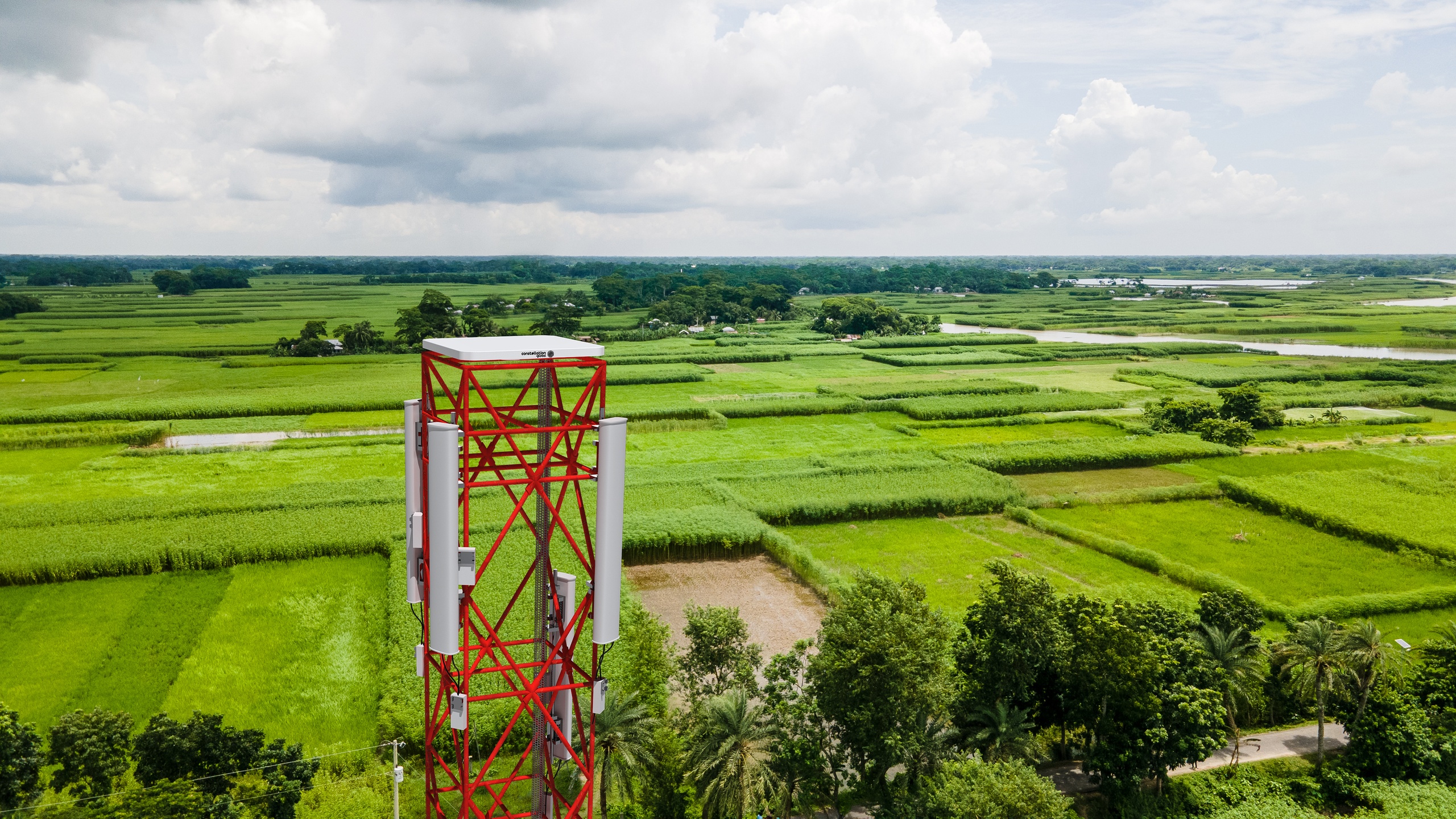
UNIVITY
French startup Univity is working to build a satellite broadband constellation that’s fully designed for telecom operators. Rather than compete with telecom operators by offering services directly to market, Univity’s constellation plan would use telecom operators’ 5G millimeter-wave frequencies (5G mmWave) for satellite-based broadband connectivity. The startup was founded in 2022 and last year raised a 9.3 million euro ($10.2 million) seed round, with Bpifrance as an investor. June was an eventful month for the company: Univity launched its first in-orbit technology demonstrator, uniSpark, and rolled out a rebrand, changing its name from Constellation Technologies & Operations. Univity was also selected for a 5G NTN connectivity from space demonstration as part of the France2030 investment program.
The demonstration uniSpark satellite is tasked with validating a high-speed, low-latency link using 5G millimeter wave spectrum from LEO. The company says its test payload is regenerative and actively processes and manages the signal in space. Univity also has user terminal development in-house and is working to develop the “uniBox” user terminal and a ground gateway station. Is there room for another LEO broadband constellation? A new focus on satellite connectivity indigenous to Europe and its design to put telecom operators at the center of the value chain could set Univity apart. VS
See the 10 Smallsat Startups to Watch of 2022, 2023, and 2024


